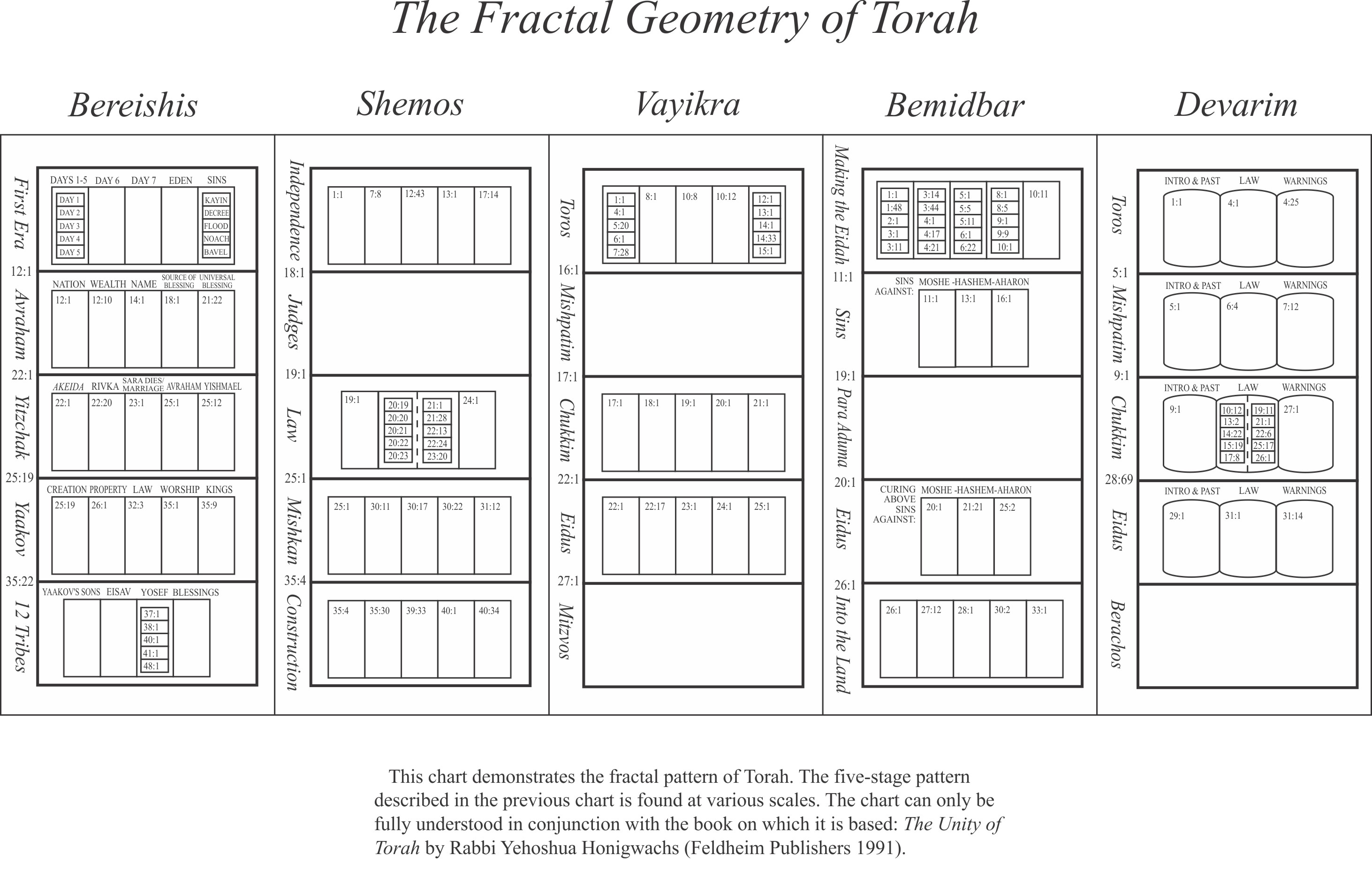Rabbi Yochanan sat and expounded, "The Holy One is destined to bring precious stones and pearls that are thirty by thirty (cubits) and hollow out of them an area ten by twenty and stand them at the gates of Jerusalem." A certain student scoffed at him: “Now that we do not even find such things in the size of a small dove’s egg, can ones of such size be found?!” After some time, he set out to sea in a ship, and saw ministering angels that were sitting and carving precious stones and pearls that were thirty by thirty and hollowing out ten by twenty. He said to them, “Who are these for?” They said to him, “The Holy One is destined to stand them at the gates of Jerusalem.” He came before Rabbi Yochanan and said to him, “Expound, my rebbe, it is fitting for you to expound; just as you said, thus I saw.” Rabbi Yochanan replied: “Empty one! If you hadn’t seen it, then would you not have believed it?! You are a scoffer at the words of the sages!” He gave him a look and he became a heap of bones. (Talmud, Bava Basra 75a)
At face value, this Gemara certainly appears to be an indictment of the rationalist approach. However, there were plenty of rationalist Rishonim, and they also knew about this Gemara. In my article Messianic Wonders and Skeptical Rationalists (freely available here) I showed how they understood the Gemara in a rationalist manner; ironically, they saw it as a condemnation of anti-rationalists!
I recently came across another authority who took a rationalist approach to such discussions in the Gemara. Rabbi Yeshayah of Trani II (known as Riaz, 1235-1300), grandson of Rid, was a prominent halachist. He was also of a strong rationalist orientation (although not to the same degree as, say, Rambam). In his introduction to Perek Chelek of Sanhedrin (which you can see here) he describes three approaches to take with outlandish aggadic material.
The first category are statements that were said by way of exaggeration. He says that there are many examples of this in the Talmud, and gives the Rabbah bar bar Chanah stories as an example. Presumably these exaggerations were given for dramatic effect, and/or to grab people's attention. This would be similar to Rashba's claim (in his commentary to Berachos 54b) that a Sage would sometimes insert outlandish statements in his derashah in order to prevent people from dozing off. (See too R. Zvi Hirsch Chajes in his Introduction to the Talmud, ch. 26 - and thanks to Dr. Marc Shapiro for the reference.)
Riaz's second category is that of accounts that happened by way of miracles, which God performs for the righteous. (This is why I mentioned that Riaz was not as much of a rationalist as Rambam, who would never say such a thing.) Curiously, Riaz again gives the example of the Rabbah bar bar Chanah stories, which he earlier claimed were said by way of exaggeration - apparently he felt that there aspects of both.
The third category given by Riaz is exceptionally interesting. He writes that "There are those Midrashim with which the intent of the Sages was to expound Scripture in all possible ways." Riaz first gives the following example:
Riaz then cites another Gemara which is very similar to the story at the beginning of this post:
See what one of the sages expounded in the first chapter of Taanis (5b), where he said, "Yaakov Avinu did not die." And another sage responded, "But was it for nothing that they eulogized him and mummified him and buried him? And he responded, "I am expounding a verse." By which he meant to say, I also know that he died, but I am expounding Scripture in any suitable way. And if this exegesis cannot be in accordance with its plain meaning, then it has a hidden meaning, according to which we can say that he did not die, just as they said that "the righteous are called 'living' even in death," as their name and memory and deeds exist forever.
Rabban Gamliel sat and expounded: [In the Messianic Era] the Land of Israel is destined to grow fresh bread and garments of fine wool, as it states, “May there be an abundance of grain in the land” (Ps. 72:16). A certain student mocked him, saying. “There is nothing new under the sun!” Rabban Gamliel said to him, Come and I will show you an example in this world, and he went and showed him mushrooms and truffles (as an example of instant bread-like food); and regarding the garments of fine wool, he showed him the fibrous growth around young palm-shoots. (Shabbos 30b)
Many people take this to mean that Rabban Gamliel was using these examples from today to help the student accept that one day there will even be food and clothing growing on trees. But Riaz explains that Rabban Gamliel did not mean any such thing:
He informed him that one should explain the Midrash in a way that is close to it. And the verse is coming to teach us that the Creator is destined to innovate great good in the world.
In other words, Rabban Gamliel's point was that in the Messianic era, sustenance will be remarkably easy and plentiful. (Which we see happening!)
Riaz later makes a fascinating statement, which is difficult to translate:
ועוד אמרו בתלמוד ארץ ישראל, בפרק שביעי של נזיר [ה״ב] וכי המדרשות אמנה הם, דרוש וקבל שכר, הא לך הדבר מבואר שלא אמרו חכמים המדרשים על דרך אמנה ועיקר, אלא להרבות טעמים למקרא, ולדורשו בכל פנים, ואולי יש בהן רמז.
And they further said in the Talmud of the Land of Israel, in Chapter Seven of Nazir: "But are midrashos a matter of emunah? Rather, expound and receive reward." Thus it is made clear that the Sages did not say Midrashim by way of dogma and fundamentals, but rather to increase insights into Scripture, and to expound them in every way, and perhaps (emphasis added) they contain an allusion.
Riaz later stresses that one must not scoff at such expositions. But neither should one take them literally, or as dogma.
(By the way: I have a great source to post on the topic of learning vs. working, but it is extremely long to translate, and I just don't have the time. If anyone is interested in volunteering, please be in touch.)









